IEA在一份新报告中说,全球建筑安装的热泵数量将从2020年的1.8亿台增至2030年的约6亿台。预计在2030年时,太阳能和风能将发出四成电力,而空间供暖制冷的电气化程度提高将为此发挥重要作用。
根据该机构的2050年净零排放(NZE)方案,高效电热泵将是推动建筑部门减少供暖排放的主要技术。预计到2025年,新的化石燃料锅炉将被完全淘汰。
北欧国家和法国占据领先的热泵市场份额,因为最终用户对热泵接受度很高,并意识到其总生命周期成本更具竞争力。在瑞典,29%的建筑供暖需求由热泵满足,芬兰则是15%。
在美国和日本等热泵可满足制冷和供暖需求的地区,热泵技术也占了供暖市场的很大份额。在美国,大约40%的新单户住宅由热泵供暖。
欧盟委员会的REPowerEU计划建议在未来五年内将热泵的部署率提高一倍,达到1000万台,以减少对俄罗斯天然气的依赖。美国已将热泵确定为《国防生产法》(DPA)中的五个关键技术之一。IEA建议,应利用税收和补贴来支持热泵部署,例如通过将与可再生能源的高饱和度相关的费用从电价转移到化石燃料价格。
This content is protected by copyright and may not be reused. If you want to cooperate with us and would like to reuse some of our content, please contact: editors@pv-magazine.com.
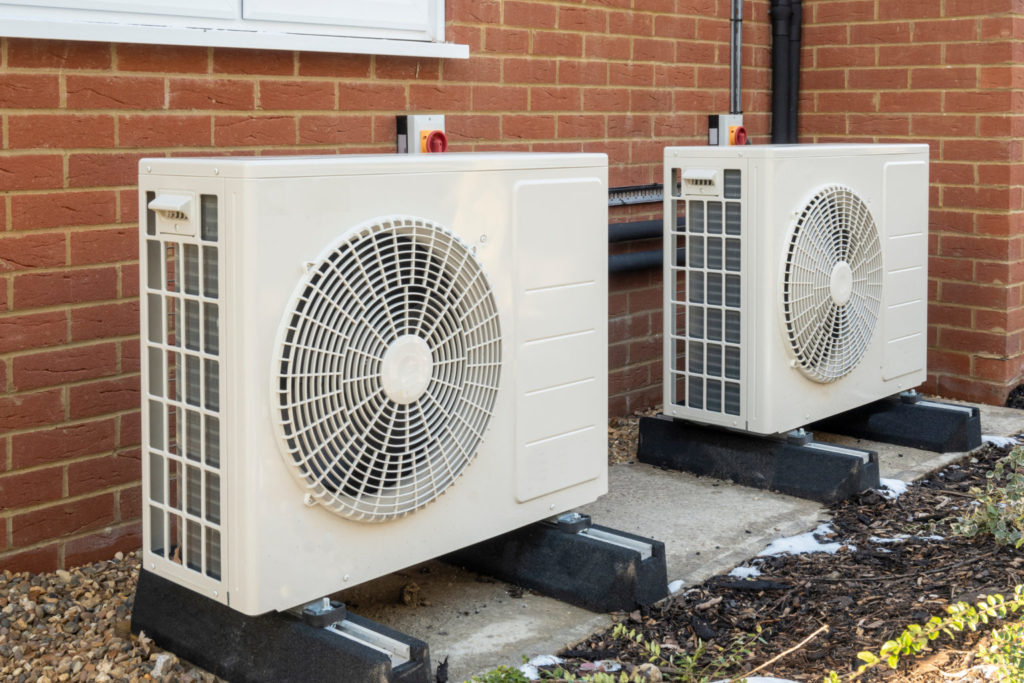


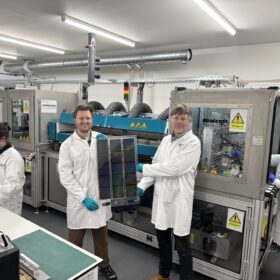
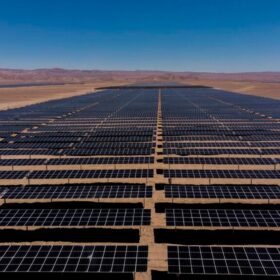
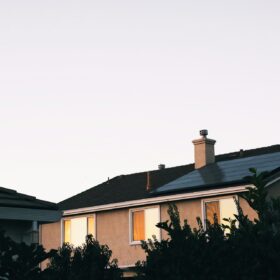
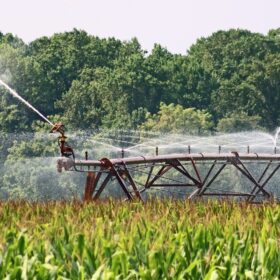
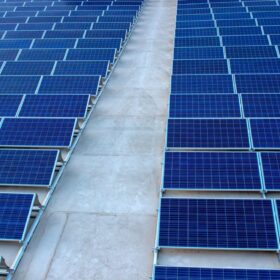
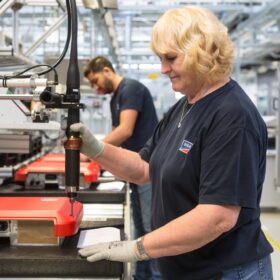
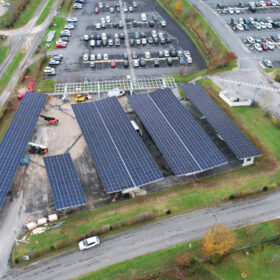
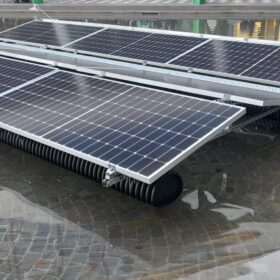
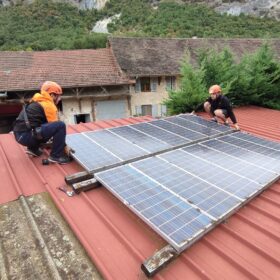
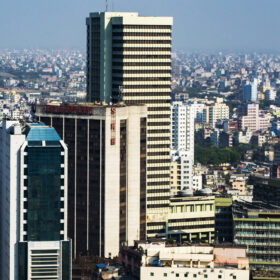
By submitting this form you agree to pv magazine using your data for the purposes of publishing your comment.
Your personal data will only be disclosed or otherwise transmitted to third parties for the purposes of spam filtering or if this is necessary for technical maintenance of the website. Any other transfer to third parties will not take place unless this is justified on the basis of applicable data protection regulations or if pv magazine is legally obliged to do so.
You may revoke this consent at any time with effect for the future, in which case your personal data will be deleted immediately. Otherwise, your data will be deleted if pv magazine has processed your request or the purpose of data storage is fulfilled.
Further information on data privacy can be found in our Data Protection Policy.